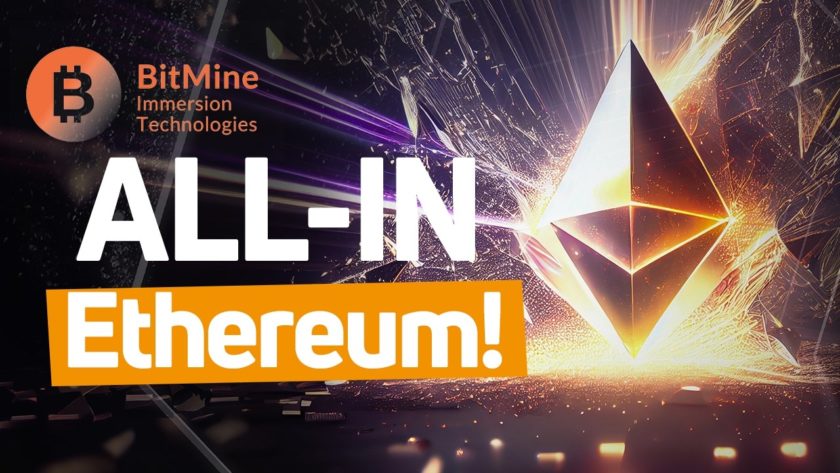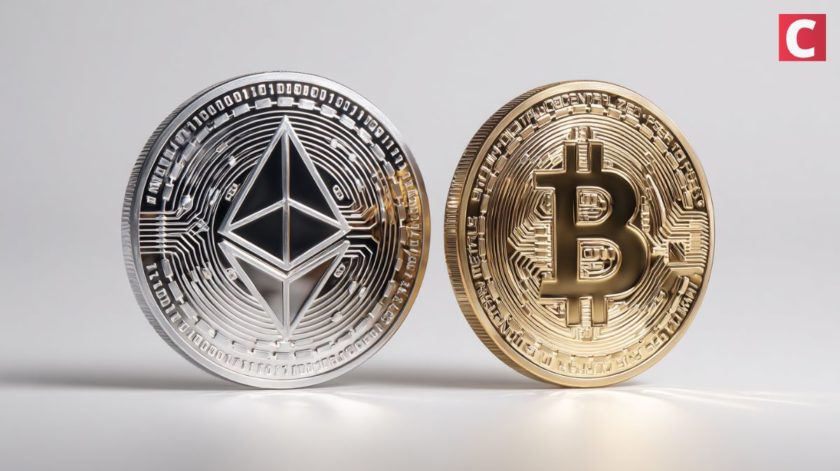In ‘An Introduction to Blockchain’, the MVNOs Series team explores what Blockchain is and what it can do. The report starts with a crash course on Blockchain basics, before moving the focus to its wide-ranging benefits, its synergies with other emerging technologies, and the impact it could have on the telecoms ecosystem across-the-board.
In the short space of a couple of years, Bitcoin and other cryptocurrencies have gone from frontier technologies used by shadowy figures on the edges of the World Wide Web to being courted at the highest levels of government and corporate finance.
To many, the emergence of functioning decentralised currencies not tied to any national bank or state authority has the potential to revolutionise money, banking and fiscal organisations at all levels.
But for many businesses and tech insiders, the concept of digital money isn’t the most interesting part. It is what lies beneath the surface of Bitcoin, Ethereum and all the others, the technology that drives them, that offers real cause for excitement.
For many, the real revolution starts with Blockchain.
Blockchain is the foundation on which cryptocurrencies are built. What really excites people about it is that its main functions and capabilities – simultaneously and securely logging and registering transactions across a shared self-authenticating network – have potentially groundbreaking applications far beyond the narrow confines of cryptocurrencies.
Much like the Internet of Things (IoT), Blockchain advocates believe it will fundamentally change how commerce, trade, industry, public services and mechanisms of social organisation operate. It has been called the technology that will usher in ‘Web 3.0’, a technology so powerful it will ‘digitize away’ the majority of the barriers and friction points we still experience in how we transact and interact.
Like most industries, these grand claims are being made about the potential impact of Blockchain in the telecoms industry too. According to GM Insights, the economic value of Blockchain will grow by a CAGR of 75% to become a $10bn industry by 2024. MarketWatch believes that $1bn of that value will come from telecoms alone.
Blockchain basics
Blockchain first emerged to prominence with the launch of Bitcoin in 2009. No one is quite sure when Blockchain itself was developed, or who by, or whether it was invented to serve the needs of Bitcoin or existed as a concept independently of it.
One useful way to trace Blockchain’s development is to look at the different technological concepts it makes use of, which also helps answer the fundamental question – what exactly is it?
Blockchain has been described as an amalgamation of technologies that were in existence well before 2009, namely: peer-to-peer networks, private key cryptography and decentralized exchange protocols.
Another popular aspect of Blockchain is that it represents a fundamental departure from the typical ‘client/server’ web architecture. Instead of having central servers running databases and programmes controlled by a central authority, you have a completely decentralised network which depends on the whole, not single points within it, to operate.
Manaz Gupta, author of Blockchain for Dummies, sums up the drawbacks to the linear, Microsoft Office-like approach to recording transactions:
“With traditional methods for recording transactions and tracking assets, participants on a network keep their own ledgers and other records… This traditional method can be expensive, partially because it involves intermediaries that charge fees for their services. It’s clearly inefficient due to delays in executing agreements and the duplication of effort required to maintain numerous ledgers. It’s also vulnerable because if a central system (for example, a bank) is compromised, due to fraud, cyberattack, or a simple mistake, the entire business network is affected.”
Yet as with IoT four or five years ago, much of this remains hypothetical. With practical applications of Blockchain outside cryptocurrencies still very much at a formative stage, there remains a healthy degree of scepticism about what the much-vaunted technology can achieve.
Blockchain benefits for business
Even after all the progress in digital technology seen over the past couple of decades, businesses today still face some common problems, such as:
- Time lags between transaction and settlement, for example those caused by having to authenticate processes one after the other.
- Duplication of effort on the buyer and seller side, sometimes requiring third party involvement for validation, which creates further inefficiencies.
- Exposure to risks in centralised systems, for example from theft or fraud. A single point of control also means a single point of vulnerability for entire systems.
- Many overlapping, proprietary payment systems have evolved with little coordination between them. Some, for example credit cards, use a “walled garden” approach to set a high price on participation.
Gupta argues that the digital evolution of business has only served to make these flaws more and more apparent. With more and more trade and commerce conducted online and on mobile, there are more transactions happening than ever before, due to greater accessibility and simplicity. Blockchain is viewed by many as the ideal solution because it offers the following characteristics:
Speed
The decentralised, distributed architecture of Blockchain means that transactions can in theory be processed across any number of nodes / network members simultaneously. In practice, there is a small-time lag involved – Bitcoin famously refreshes its ledger every 10 minutes, but more recent applications of Blockchain have reduced this to seconds.
Efficiency & cost savings
Where there are increases in speed, there are usually efficiency gains to be made. But Blockchain is not just about doing things faster, it also allows for much leaner, streamlined processes. One consequence of a distributed ledger is that it avoids duplication. Every shared version is automatically updated with each transaction, you don’t need different parties creating their own records.
Process automation
Automation is widely associated with efficiency gains. Blockchain automates and therefore speeds up key elements of a transaction process, such as exchange and validation. But it can also contain software programmes which in their own turn automate any other business process capable of being automated.
Security
Arguably one of the most attractive features of Blockchain to businesses is the inherent security built into the architecture. Ever since the internet first arrived, there have always been concerns about conducting sensitive transactions over open networks. Thanks to cryptographic hashing and network validation, systems built on Blockchain are simply not vulnerable to fraud, hacking, identity theft and other forms of abuse the way traditional networks are.
Trust and transparency
In a world where there is a lot of mistrust about political institutions and vested economic interests, there is a lot of focus in the world of business on becoming more open and equitable. Blockchain lends itself to creating more transparent ways of doing business in several ways.
With that in mind, like any new disruptive technology, until people see it working in their industry, it is difficult for people to grasp what it is, what it can do, and what its potential might be. With the ‘An Introduction to Blockchain’, the MVNOs Series team aims to remove some of the myth and mystery surrounding Blockchain. We look in more detail at some of the ways it is already being used and why so many people back it as the next big disruptive force in business and industry.
Download the full report and discover why the mobile industry should keep an eye on Blockchain.




